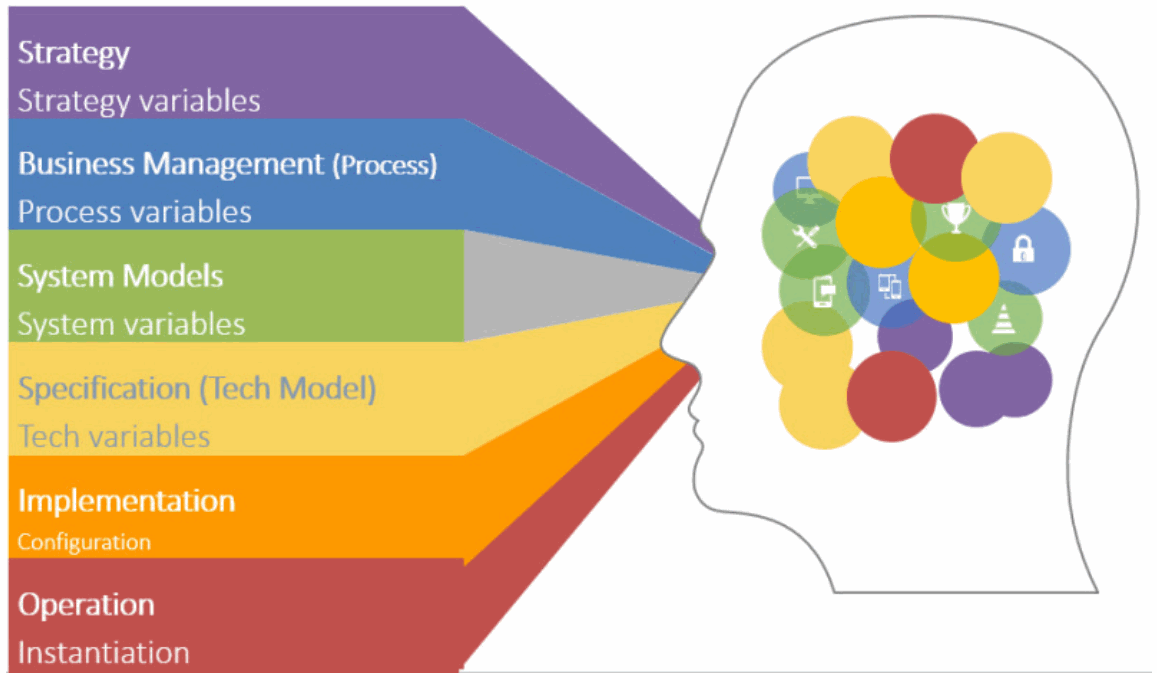CEO-Level Leadership for EA: The Key to Driving Enterprise Efficiency
- Sunil Dutt Jha

- Dec 28, 2024
- 5 min read
Updated: Jan 17
In today’s fast-paced business environment, efficiency isn’t just a goal—it’s a necessity. Enterprises face mounting pressure to align strategies, processes, and operations while staying agile in a competitive landscape. Yet, many organizations struggle with inefficiencies caused by fragmented departments, misaligned goals, and disconnected systems.
This is where Enterprise Architecture (EA) can step up as a strategic enabler, but only if it is led by visionary leadership. The answer lies in elevating EA leadership to a CEO-caliber role, ensuring that enterprise efficiency becomes a central focus of organizational strategy.
EA: More Than an IT Function
Enterprise Architecture is often misunderstood as a purely IT-driven function. However, modern EA extends far beyond technology. It provides a blueprint for aligning every aspect of an organization—from strategy and processes to systems and operations.
The One Enterprise, One Anatomy principle, developed by ICMG, encapsulates this idea. It asserts that every enterprise has a unified anatomy, where all departments and projects share a single, cohesive framework. This model eliminates fragmentation and drives efficiency by integrating every component of the organization into a harmonious whole.
Why EA Needs CEO-Level Leadership
For the One Enterprise, One Anatomy model to succeed, EA leadership must operate at the highest levels of the organization. Here’s why:
1. Authority to Drive Alignment
Departmental silos and misaligned goals are common barriers to efficiency. A CEO-level EA leader has the authority to:
Break down silos and foster cross-departmental collaboration.
Ensure that every department aligns with enterprise-wide goals.
Hold teams accountable for efficiency and performance.
2. Strategic Vision
True transformation requires a leader with the vision to integrate strategy, processes, systems, and operations into a unified structure. This includes:
Mapping inefficiencies across the organization.
Designing solutions that align all components under a single framework.

